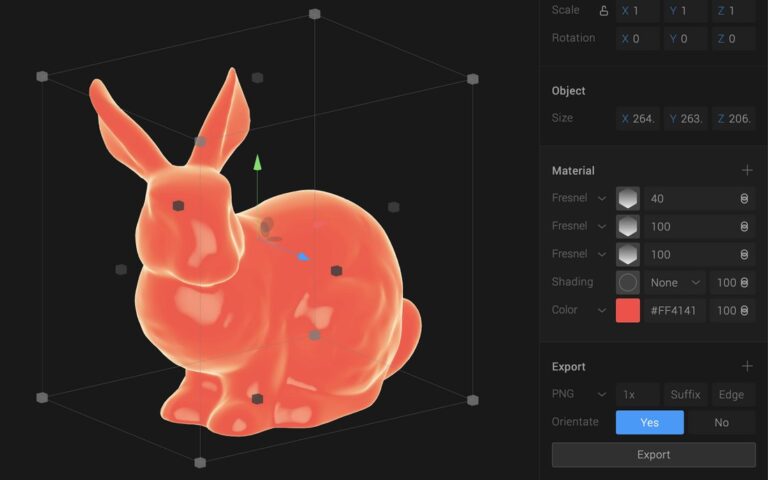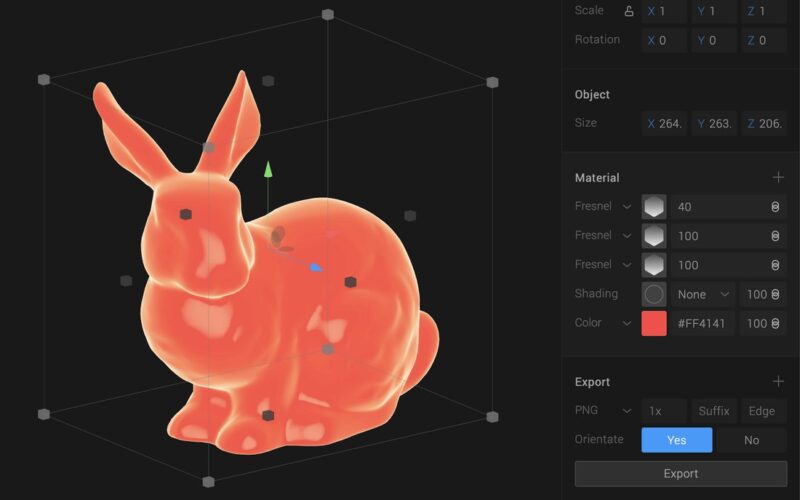
- #Export blender animation how to#
- #Export blender animation pro#
- #Export blender animation download#
Let me know if you need more information. P.S.: I have taken screenshots of the UI but since I am a new user I’m not allowed to paste them in an answer. If you find a better way I would be very interested to include it in this thread. There is probably a way to keep the rigging modules and just deactivate them, but I was only able to do this for the arms (by just setting it to FK - Forward Kinematics). If you need the IK constraints again you would have to add another plugin template. The downside with this method is that you now have to do all the animations by rotating the bones yourself. In my quick test I was able to export this from blender and re-import it into UE4.

After this the character will no longer be influenced by any IK bones: If you want to get rid of all of them, you can just select them there and remove them by clicking the minus button on the right side. As far as I understand it, these modules are responsible for the different IK chains. In there you can see a section called “Rigging Modules”. Once you have your animation imported from UE and applied it to the “animation_character”, select the armature of this character and go to the “Object Data Properties” (the green icon of a man above the green bone in Blender 3.x) Since I am no expert when it comes to animation, this might not be the best solution, but this is how you can get rid of all the IK constraints from the plugin: I’m very happy that you found my tutorial useful. In the content browser double-click the animation that you want to edit in Blender.
#Export blender animation download#

#Export blender animation how to#
OBJ Export path: 'C:\\Users\\CoDEmanX\\Desktop\\untitled_000250.This post describes how to import animations from UE4 into blender, edit them and then import the edited versions back into UE4. You can check the export by either inspecting the output folder, or by checking the system console (on Windows, it's as easy as Window > Toggle System Console): OBJ Export path: 'C:\\Users\\CoDEmanX\\Desktop\\untitled_000249.obj' Or adapt the export addon to batch-export all actions for the active object (you may use ame_range to determine the keyframed boundaries). Thus, you need to switch actions on your animated object, change start and end frame on your timeline and export them one by one. matching bones in another, different armature will be animated too.

You can "run" an action on any object, e.g. For which objects an action works, is not stored. It would be trivial to do code-wise, but we lack an essential information: which action belongs to which object? All actions are stored globally ( in python). Batch export of all actions is not supported. In this tutorial I shared how I export my animations to a video format in. Therefore, only that one action is exported. 7.08K subscribers 330K views 2 years ago A remake of an old tutorial, now doing it on Blender version 2.8x. Every object can reference not more than a single action.

#Export blender animation pro#
Some engines may support this for animations.Īs said, the addon uses the scene, so the current timeline. The first step is to export your Blender animation as a file that can be read by other software or platforms. Auto-Rig Pro is an addon for Blender to rig characters, retarget animations, and provide Fbx/Gltf export, with presets for Unity, Unreal Engine, Godot. The export option Animation in the OBj exporter does not really export an animation, but an OBJ for every frame in your scene. It can store vertex coordinates, UVs, vertex normals, face definitions and texture vertices (plus additional, but not standard-compliant data in some softwares).Īnimations are not supported. Wavefront OBJ is a widely supported file format for 3D models.


 0 kommentar(er)
0 kommentar(er)
